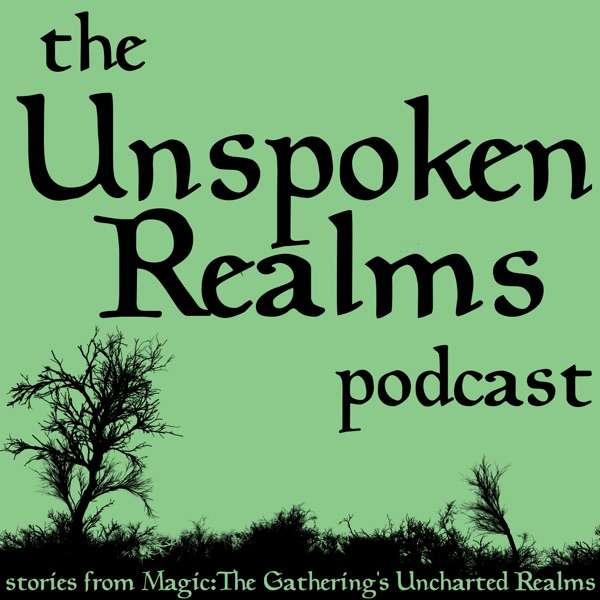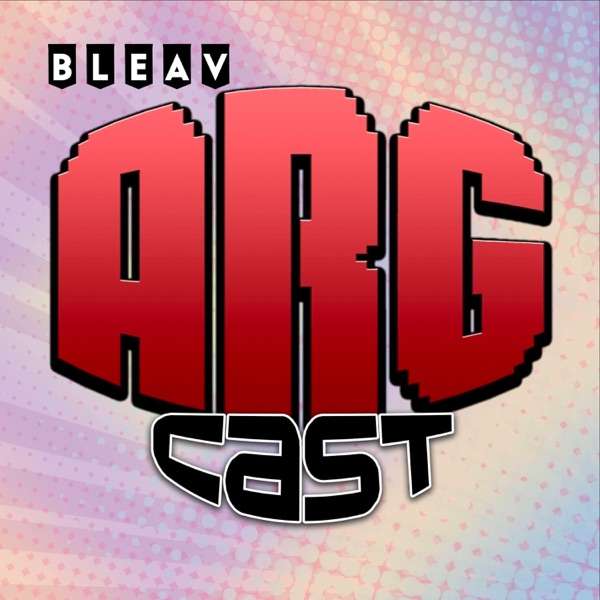Michael Moorcock’s first five Elric of Melniboné stories appeared in the British magazine Science Fantasy in 1962 and were collected in hardcover the next year as The Stealer of Souls, followed by a U.S. paperback edition from Lancer Books in 1967. Savage and sardonic, the Elric stories must have seemed like a fantasy off-shoot of Great Britain’s “Angry Young Man” movement of that era.
At first glance, Elric of Melniboné appears to be the very antithesis of Robert E. Howard’s Conan the Cimmerian: a physically weak sorcerer, addicted to drugs, symbiotically linked to the malignant black sword Stormbringer, and the rightful emperor of a cruel and decadent pre-human civilization. Moorcock and Elric are often characterized as a negation or rejection of Howardian swords & sorcery, but that’s a drastic oversimplification of Moorcock’s relationship to pulp fantasy.
Moorcock was precocious fantasy talent, creating fanzines as a schoolboy and becoming editor of the professional magazine Tarzan Adventures by the age 17 in 1957. Moorcock was a notable contributor to AMRA, a fanzine that was a hotbed of discussion about fantasy fiction and counted among its many notable correspondents Poul Anderson, L. Sprague de Camp, Fritz Leiber, and Roger Zelazny. As mentioned here, the term “swords and sorcery” was coined by Fritz Leiber in dialogue with Moorcock, although Moorcock has always preferred the term “epic fantasy”. Moorcock has at times minimized but never totally denied his appreciation for Howard, most likely hoping to let the Elric saga stand on its own two feet. He’s also held up his deep regard for the works of Leigh Brackett, Edgar Rice Burroughs, Fritz Leiber, and Fletcher Pratt among others and was later a founding member of the Swordsmen and Sorceror's Guild of America, none of which indicates someone contemptuous or indifferent to fantasy fiction.
Moorcock continued to write Elric stories in the late 1960s and the 1970s that were set prior to the events of Stormbringer. DAW Books republished the Elric Saga in 1977, arranging the stories by internal chronology, splitting the stories from The Stealer of Souls between The Weird of the White Wolf and The Bane of the Black Sword, the third and fifth books of Elric’s saga respectively. With Moorcock’s approval, Del Rey/Ballantine began publishing the “definitive” version of Elric’s saga in 2008, once again collecting the stories in publication order.
Elric’s saga clearly had an impact on Gary Gygax as he specifically mentions Elric as a playable figure in the “Fantasy Supplement” to Chainmail (1971). The Law vs. Chaos alignment system in Chainmail and original Dungeons & Dragons (1974) may have originated with Poul Anderson’s Three Hearts and Three Lions, but there’s a distinct Moorcockian flavor in practice, although that would obviously vary from gaming group to gaming group.
Rob Kuntz and James Ward wrote up Elric and the Melnibonéan mythos in the fourth Dungeons & Dragons supplement, Gods, Demi-Gods, & Heroes (1976). Four years later, Kuntz and Ward would detail the Melnibonéan mythos for Advanced Dungeons & Dragons in Deities & Demigods (1980). Although TSR had permission from Moorcock to use Elric for D&D, their West Coast rivals Chaosium secured the official Elric license in 1981, leading TSR to remove the Melnibonéan section (and Cthulhu Mythos section) from the third printing onwards of Deities & Demigods. As a result, the first two printings of Deities & Demigods are now highly sought after collector’s items. In the meantime, Elric’s gaming presence has remained tightly bound up in the RuneQuest/Basic Role-Playing system for over 25 years, with the exception of Chaosium’s D20 System adaptation Dragon Lords of Melniboné (2001). There is currently no gaming license for any of Michael Moorcock’s works, so it remains to be seen if Elric will ever make an official reappearance at the gaming table….

 Our TOPPODCAST Picks
Our TOPPODCAST Picks  Stay Connected
Stay Connected




